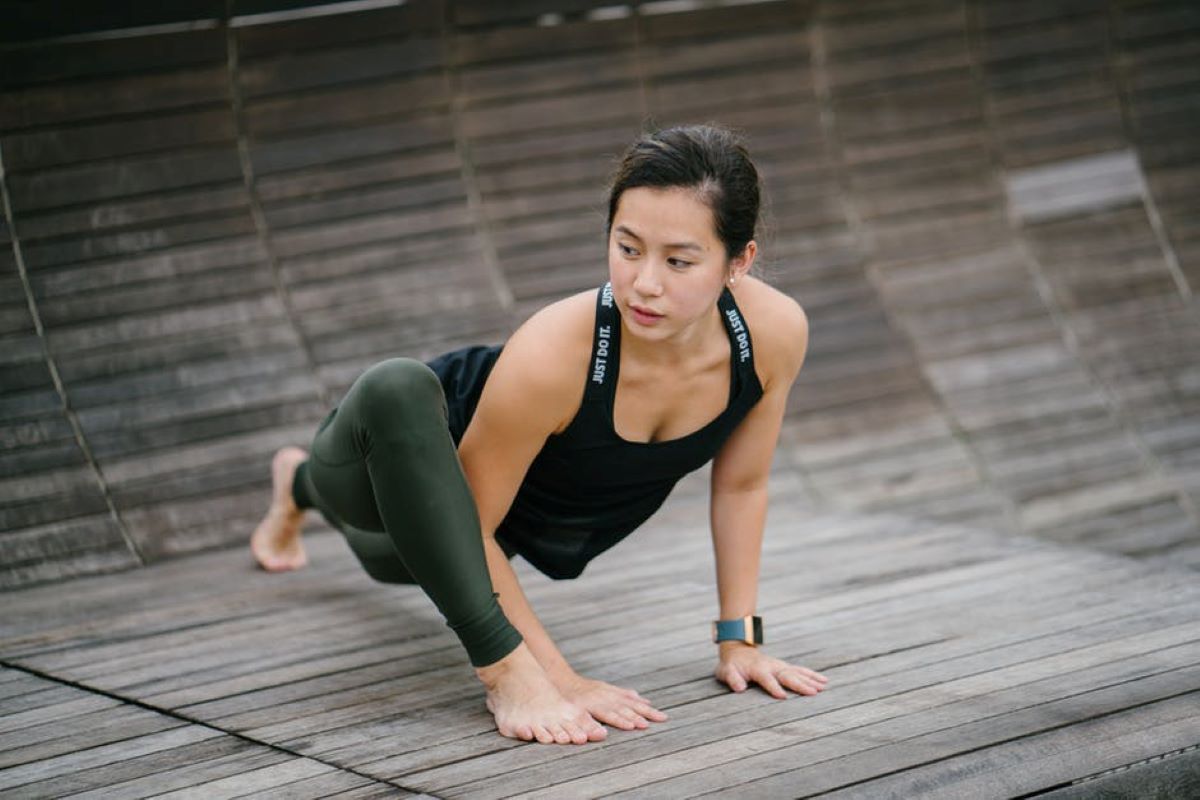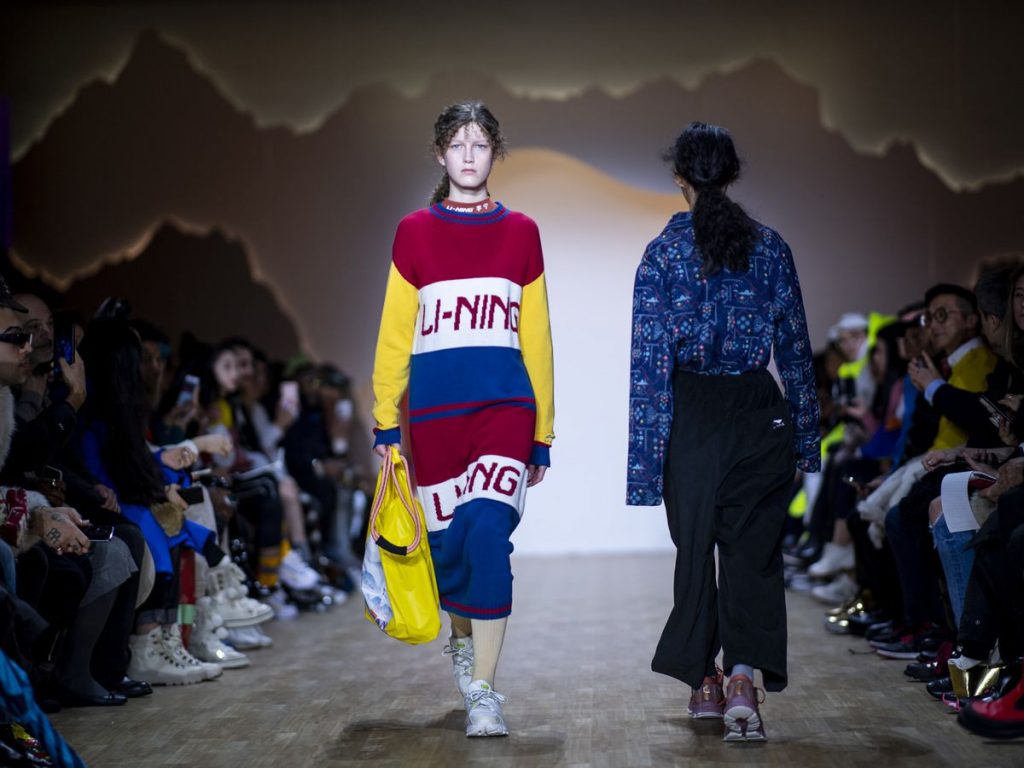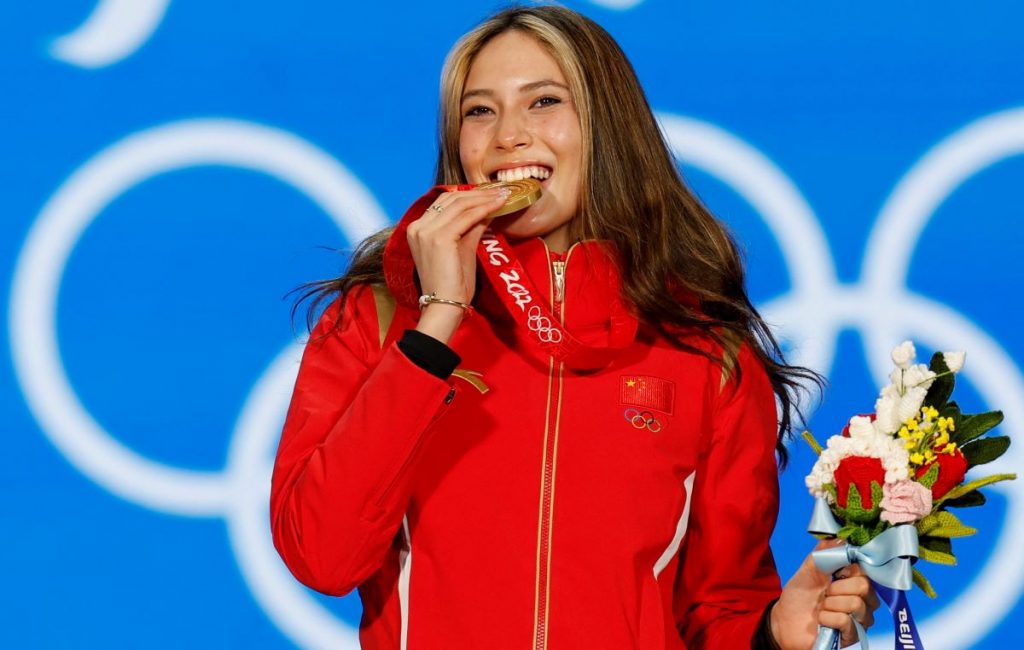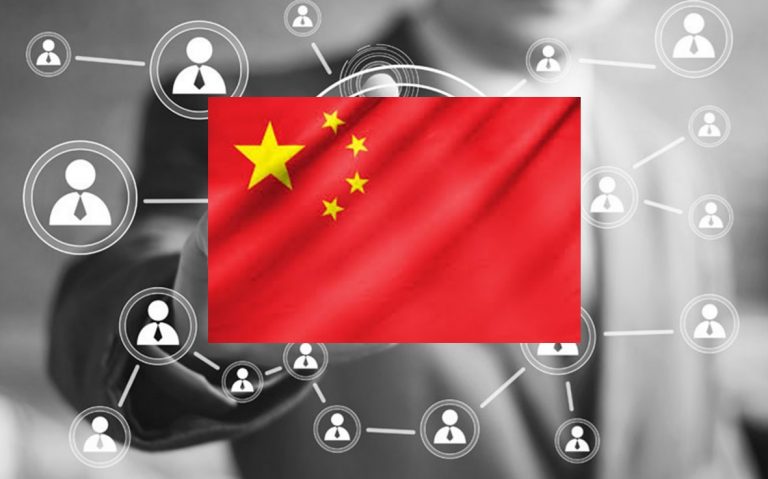What are the 3 trends in sports marketing in China?

Sport in Chinese culture
Exercise and sport have always been an important part of Chinese life. What are the latest trends in sports marketing in China? Historically, the sport has been a secondary concern for many young people. However, the Chinese mentality of being active and continuing to exercise into old age is very different from the Western approach. Older people are expected to relax, and many end up becoming less active and frailer as they age.
In Asia, it is not uncommon to see people of all ages walking, hiking, dancing in parks, and even practicing martial arts such as Tai Chi and Wushu. China’s relationship with the sport was highlighted in 2008 at the Beijing Summer Olympics. It has returned with a vengeance since the Beijing Winter Olympics.
Cost-Effective Agency
KPI and Results focused. We are the most visible Marketing Agency for China. Not because of huge spending but because of our SMART Strategies. Let us help you with: E-Commerce, Search Engine Optimization, Advertising, Weibo, WeChat, WeChat Store & PR.

In recent years, China’s obsession with sport has been renewed. The influence of COVID-19 has partly contributed to this change in China’s love affair with the sport. It has helped people around the world to focus on their health and increase their physical activity.
Companies around the world are looking to tap into this growing market because of the Chinese interest in sports. What are the current trends in sports marketing?
Current trends in sports marketing in China
The growth of the Chinese athletics industry was evident long before the COVID-19 epidemic. The market boomed even more during the lockdowns in China when more people began to consider their health a priority. Reports indicate that the Chinese activewear market grew from 8.8% to 13.3% in 2020.
Chinese sports brands gain popularity
While brands like Nike and Adidas are still popular with Chinese consumers, Chinese companies are gaining in popularity. This is especially true after calls for boycotts of these brands. According to some reports, Anta Sports and Li-Ning, the top-selling sportswear brands in China, have a 15.4% and 6.7% share of the Chinese sports and leisurewear market respectively.

Junyi, a Chinese cross-border sportswear retailer, is a national sportswear brand that intends to become a major player in the global market. Junyi’s founder said the company aims to provide affordable sportswear to the general public. CICC Capital and Blue Lake Capital led a 100 million yuan ($15.7 million) series A funding round.
Sponsorship of athletes
Many of the world’s best athletes and teams are sponsored by major Chinese sports brands. Because they are so popular, basketball and football (soccer) play a prominent role. According to a report by CBN data, Eileen Gu, a Chinese-American athlete, earned more than 200 million yuan ($31.4 million) in brand sponsorship last year.

Suning founder Zhang Jindong bought a 70 percent stake in Inter Milan, an Italian football club, to ensure that the club was well known and exposed in China and abroad. This was particularly true when the club became Italian champions in 2021. Chinese technology companies are also promoting football sponsorships and Hisense, Alipay, Vivo, and TikTok played a prominent role as official sponsors of Euro 2020.
In China, athletes are generally viewed positively, as they not only represent China but also display the highest level of professionalism in their field. It is a great opportunity for brands to connect with so many positive associations and discuss such important issues.
The evolution of online communities and applications and sports influencers
The move towards online marketing and e-commerce and the fact that people are engaging in personal fitness exercises at home has led to a move towards direct-to-consumer marketing and sales, digital workouts that can all be done at home, online fitness communities, apps and influencers that have significant online reach beyond events and sports.
Non-Chinese fitness experts are also included, such as Tony Nicholson (a Mandarin-speaking British fitness guru) who has a strong reputation in the country. This group also includes people such as Ying Yang Shi Ge Zhong, a KOL who provides information and knowledge on nutrition and diet. This group also includes smaller influencers who promote health through lifestyle, body positivity, or travel. Bloggers who promote yoga and CrossFit, as well as martial arts, are likely to be in high demand by key consumer groups.

Keep is a popular fitness and workout app with over 40 million monthly active users in 2019. Supermonkey started as a booking app for gyms but has since expanded to offer private classes and group training in Tier 1 cities.
Why is China so invested in sports?
Official support from the central government
China has increased its spending and initiatives in sports. The government intends to increase the number of people who exercise for at least 30 minutes three times a week by 38.5% by 2025. There are also plans to create and renovate more than 2,000 fitness centers, stadiums, and sports parks, and to cultivate small and medium-sized enterprises in fitness-related fields.
Fitness is a status symbol
China is becoming more and more affluent, and many Chinese are now able to afford sufficient income. It is expensive to join high-end gyms or fitness centers in China. There are even waiting lists for some classes. It is not easy to say on social networks that your fitness has improved.

There are applications available in China, such as Supermonkey and Keep, that help people track their fitness and share it on social networks. This encourages others to take up sport and exercise as a hobby.
In conclusion
It is clear that the Chinese government supports exercise and sports activities. This shows that they can expect much more from the market. Consumers will continue to be interested in this market as long as it is fully supported by the government.






